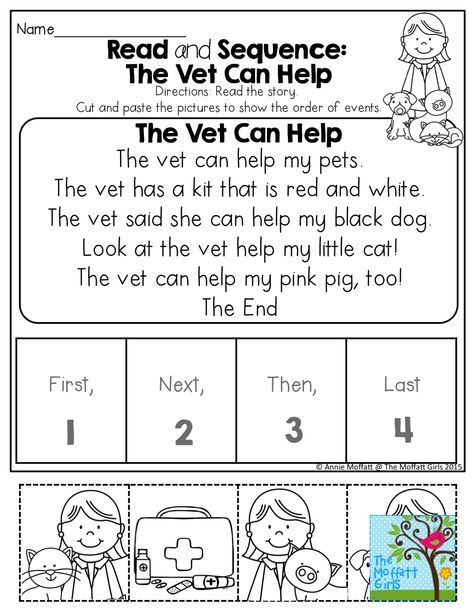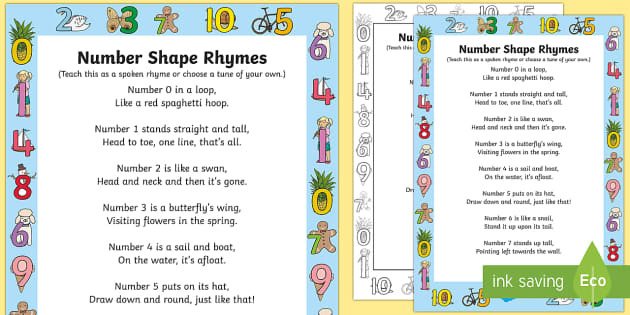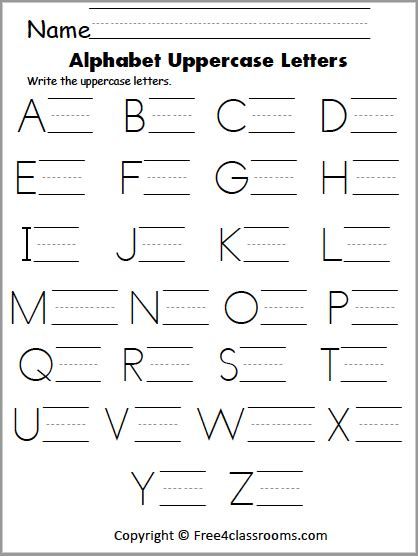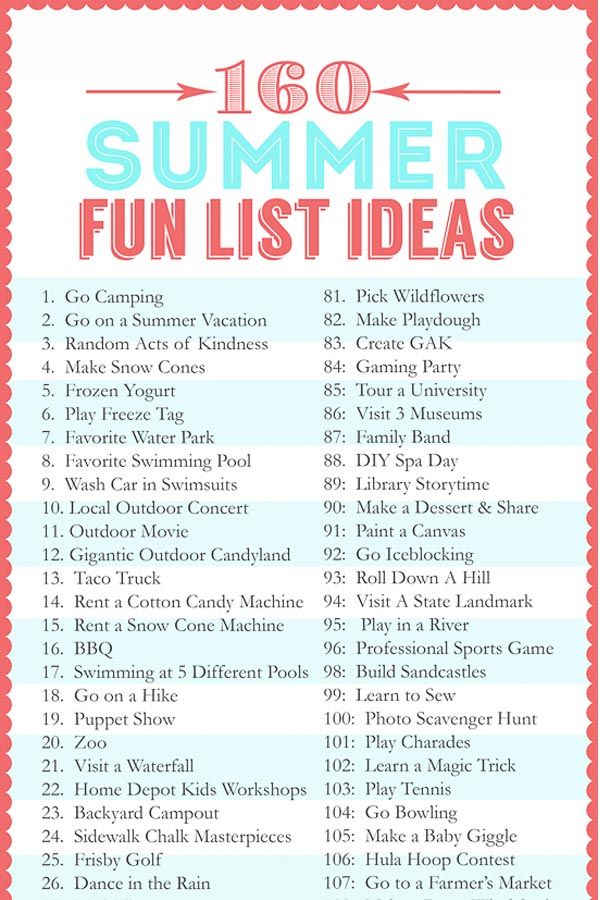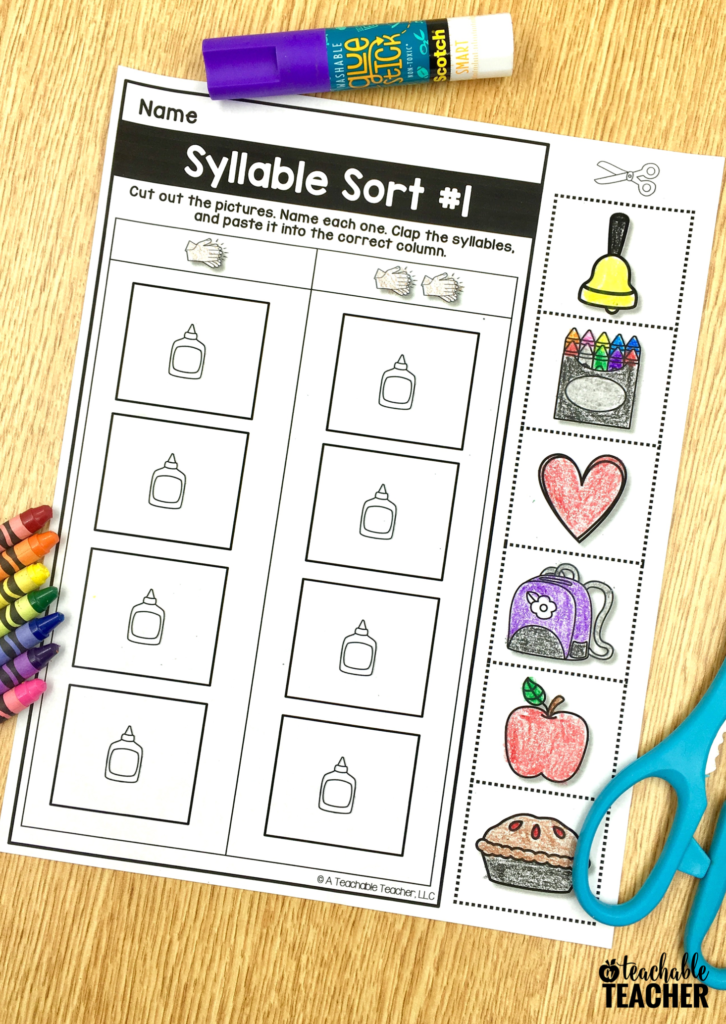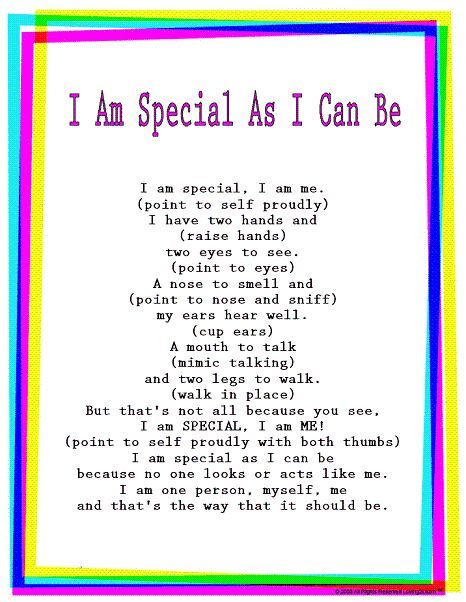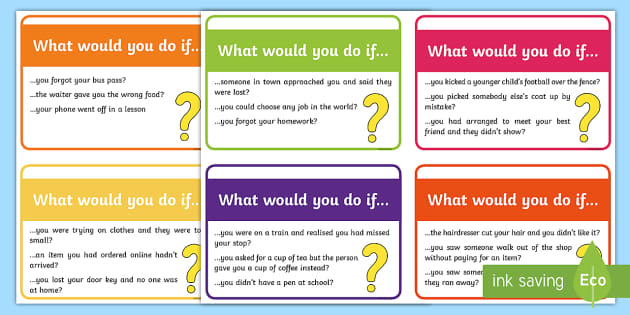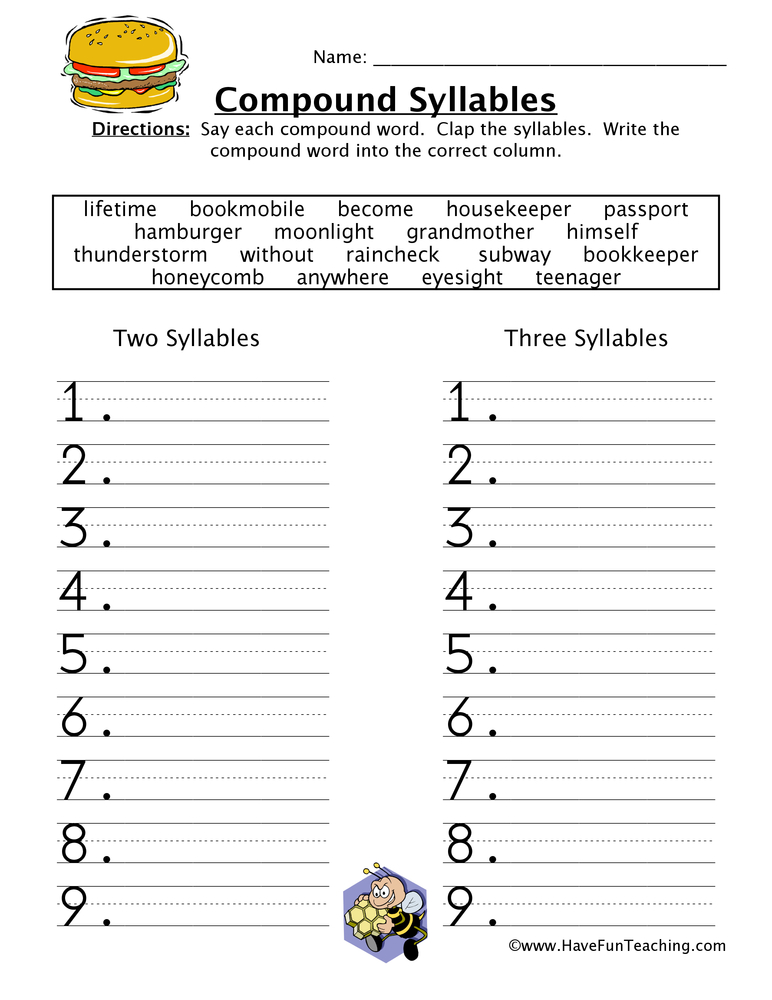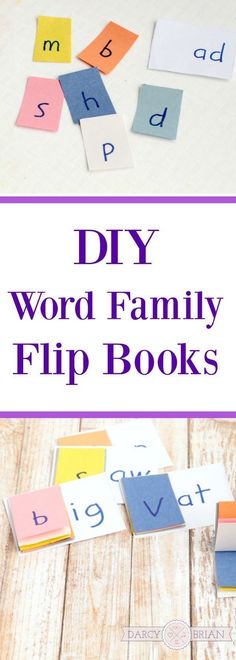Stories about learning to read
13 Picture Books for Young Students About Learning How to Read
It never failed. Every year that I worked in a school library, a first- or second-grade student would browse the nonfiction section, select the oversized 1936 copy of The Complete Works of William Shakespeare, and head to the checkout desk. Classmates would immediately flock to that child—some dubious, some envious, some ecstatic.
Every time that book was heaved up to the front desk, it wound up being immediately reshelved, and the child would be directed to a more appropriate selection—perhaps an Elephant and Piggie book. This anecdote reveals volumes about what many young children believe about the reading process: The person who reads the biggest book with the smallest print wins.
This book-as-trophy scenario aligns perfectly with the development of 5- and 6-year-olds: They want to be seen as capable and independent beings. They project an aura of having everything under control, and they certainly don’t need help. Of course, it’s precisely then that we as educators challenge them to do one of the most difficult assignments of their academic career (and they will definitely need help): We ask them to become readers.
With such a complex academic task at hand, it’s critical that educators have an ongoing dialogue with young children about the reading process. We need to repeatedly assure them that although learning how to read is challenging, they certainly won’t be alone on this journey.
One way to inspire discussion about the reading process is to read picture books about reading and learning how to read. These books should be read not only in the classroom but also at home by parents and caregivers. Reading about reading is one of the most helpful ways of immediately addressing the social and emotional needs of beginning readers.
The picture books that follow explore the theme of reading from a variety of points of view, but each title assures children that reading achievements can be small, medium, or large—essentially affirming that all reading is worth celebrating.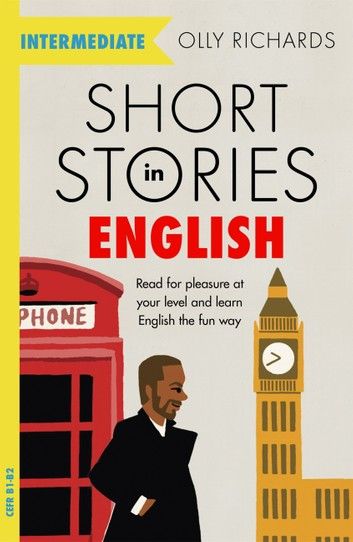
13 Books That Inspire and Encourage Young Readers
The Perfect Seat, by Minh Lê, illustrated by Gus Gordon. A moose parent and child hunt all around the city in pursuit of the perfect seat to read a new book. (Preschool–first grade)
Courtesy of Union Square & Co.
Just Read! by Lori Degman, illustrated by Victoria Tentler-Krylov. Numerous children share the places and things that they like to read about. (Preschool–first grade)
You Are a Reader!/You Are a Writer!, by April Jones Prince, illustrated by Christine Davenier. Just as reading and writing go hand in hand, such is the case for this two-stories-in-one book. (Preschool–first grade)
How Rocket Learned to Read, by Tad Hills. A little yellow bird patiently and eagerly teaches reluctant Rocket the dog how to read. (Kindergarten–first grade)
How to Read to a Grandma or Grandpa, by Jean Reagan, illustrated by Lee Wildish.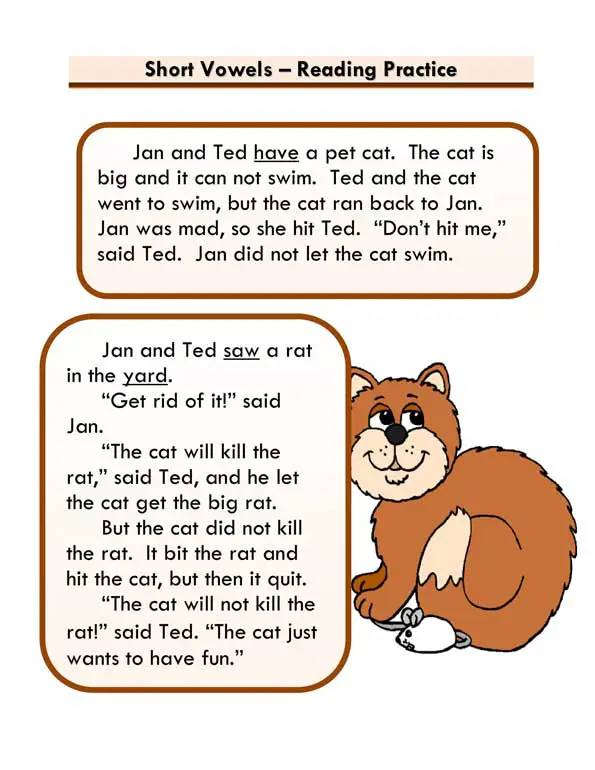 There are many things to consider when you want to read to your grandparents, and this helpful how-to picture book reassures the young reader that once everything is in place, there’s no more attentive audience. (Kindergarten–first grade)
There are many things to consider when you want to read to your grandparents, and this helpful how-to picture book reassures the young reader that once everything is in place, there’s no more attentive audience. (Kindergarten–first grade)
Courtesy of Candlewick Press
I Do Not Like Books Anymore! by Daisy Hirst. Natalie loves stories, until she makes the horrific discovery that books for beginning readers can be… well… boring. Fortunately, Natalie decides to make her own beginner reading books. (Kindergarten–first grade)
How to Read a Story, by Kate Messner, illustrated by Mark Siegel. This procedural picture book includes 10 steps to assist a new reader in the enjoyment of reading. (Kindergarten–second grade)
Hooray for Reading Day! by Margery Cuyler, illustrated by Arthur Howard. Jessica has a colossal worry on her mind: First grade is going to have a readers’ theater. Will she be able to read in front of an audience? (Kindergarten–second grade)
How to Teach a Slug to Read, by Susan Pearson, illustrated by David Slonim.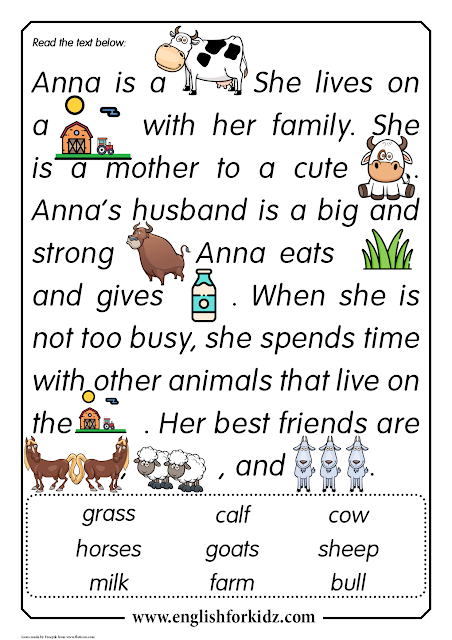 Who knew that 10 strategies to help a slug learn how to read would be helpful for all new readers? (Kindergarten–second grade)
Who knew that 10 strategies to help a slug learn how to read would be helpful for all new readers? (Kindergarten–second grade)
Reading Makes You Feel Good, by Todd Parr. Parr reminds us how many gifts flow from reading. You can read anywhere! You can learn things! It’s a vehicle for your imagination. (Kindergarten–second grade)
Courtesy of Simon & Schuster
The Summer Nick Taught His Cats to Read, by Curtis Manley, illustrated by Kate Berube. Nick is determined to teach his two cats, Vern and Stevenson, how to read. Vern quickly becomes curious, but Stevenson steadfastly refuses. Nick’s persistence and patience is ultimately rewarded when even Stevenson finally becomes a willing student. (Kindergarten–second grade)
Read! Read! Read! by Amy Ludwig VanDerwater, illustrated by Ryan O’Rourke. This poetry anthology celebrates reading with 23 poems. The companion book is Write! Write! Write! (Kindergarten–third grade)
Walk in the Words, by Hudson Talbott.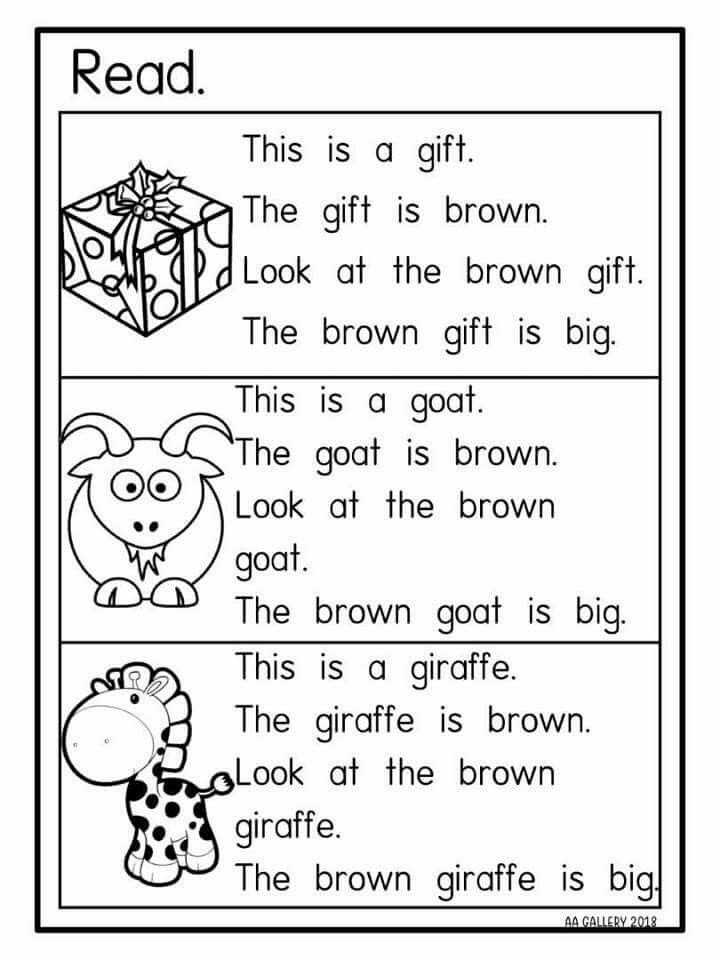 A child who loves to draw is absolutely befuddled by words, much less sentences. This book is the author’s childhood reflection on his initial struggle to learn how to read. (First–third grades)
A child who loves to draw is absolutely befuddled by words, much less sentences. This book is the author’s childhood reflection on his initial struggle to learn how to read. (First–third grades)
Learning to Read - Free Kids Books
Search:
Sort by: Popular Date
A fun rhyming book for young children and a perfect early reader. Bookbot provides a series of decodable readers for children learning to read. See more of BookBots books at www.bookbotkids.com/phonics-books. or here on Free Kids Books below:
Reviews (3)
Turtle Dove a lovely story about what a turtle dove can and cannot do. This simple early reader features a series of phrases with simple verbs and nouns related to a turtle dove’s activities. This book is rated as an English Level 1 story, suited for young early readers who want to learn how to …
Reviews (7)
The BIG Red Balloon Have you seen the BIG red balloon? Oh NO! Where could it be? Where is the beautiful big red balloon? This book is perfect for young readers and beginner English learners to improve their vocabulary and learn new words.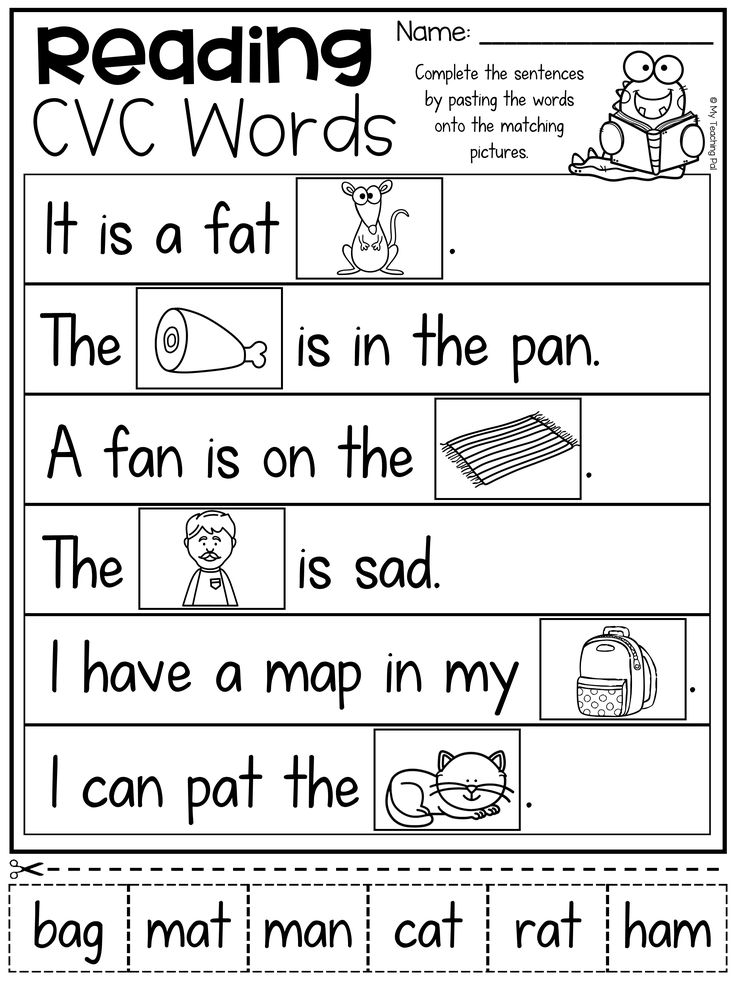 The book provides a rhyming repetition of sentences then adds a new …
The book provides a rhyming repetition of sentences then adds a new …
Reviews (5)
¿Cuáles son los colores? is the spanish version of 7 Colours Of A Rainbow. In this picture book young children will learn the different colours of the rainbow and where these colours could be seen in everyday life. Perfect for young children to learn new words and name and identify colours. This is a Spanish Level …
Reviews (1)
I Like to Read – A short story about a boy who wants to read a book to someone but everyone is busy and unavailable, will he ever find a way to read? This is an English Level 1 Book brought to us by Story Weaver Pratham Books. I Like to Read is perfect for …
Reviews (1)
Bo Go Up is one in a series of a single letter, three letter, and, two letter stories from Bo Books. If you were learning to read a new language, you’d start with short words. When we teach children to read, we should do the same.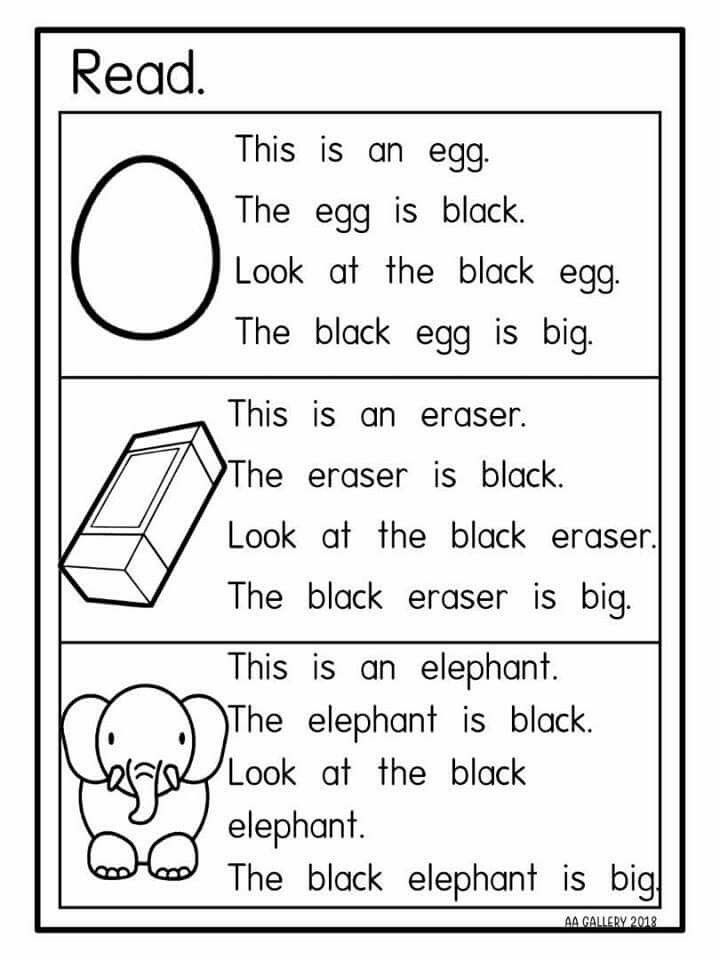 Bo Books teaches children to read using short words …
Bo Books teaches children to read using short words …
Reviews (2)
In the My Name is in the Story series, Clark Ness is back with these entertaining personalised early readers which can be – or ARE adapted to the child’s name! This collection is boys personalised stories, with the male pronoun, see also his collection for girls. Children love stories about themselves and they will enjoy …
Reviews (1)
In the My Name Is In This Story Stories and eBooks series, Clark Ness is back with these entertaining early readers which can be – or ARE adapted to a child’s first name! Children love stories about themselves and they will enjoy reading these girls personalised stories and ebooks. Every collection featured (64 stories and 6 ebooks in total!) …
Reviews
Clark Ness has an amazingly large set of learning to read books available. His site includes literally thousands of easy readers, phonics based readers, sight word books, and much, much more.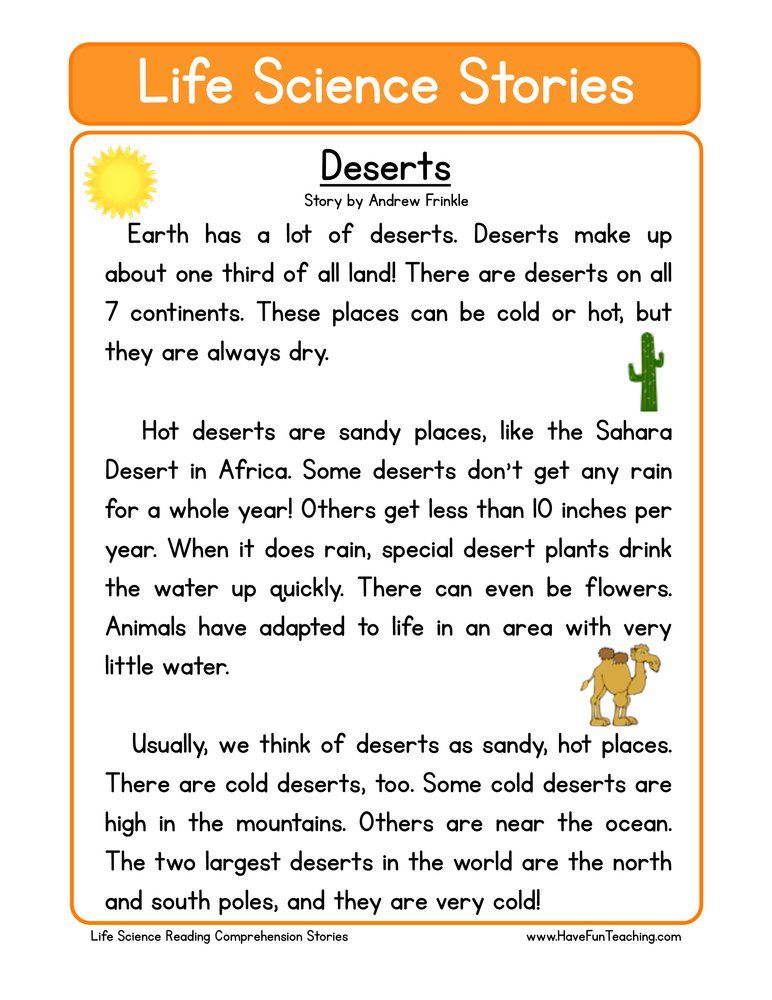 This set here is just a sample of some of his work using the open dyslexic font. The set in this post contains the …
This set here is just a sample of some of his work using the open dyslexic font. The set in this post contains the …
Reviews (5)
ABC’s of Biodiversity is a truly amazing alphabet. With 260 images – 10 for each letter, each with a high quality photograph, but the amazing thing is what is featured for each letter. Older children learning to read will have fun both learning to sound out words that are unlikely to be familiar to most …
Reviews (7)
How to learn to read 3 times faster in 20 minutes
October 6, 2020Education
Grab a book and check the effect for yourself right now.
Iya Zorina
Lifehacker author, athlete, CCM
Share
0Background: "Project PX"
Back in 1998, Princeton University hosted a seminar "Project PX" (Project PX), dedicated to high speed reading.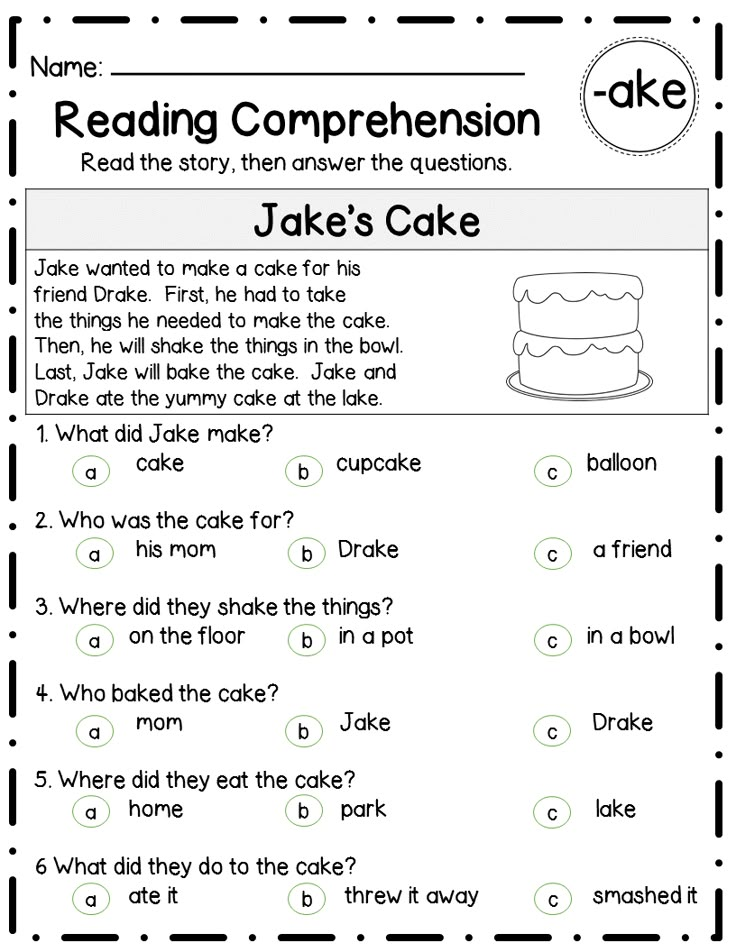 This article is an excerpt from that seminar and personal experience of speeding up reading.
This article is an excerpt from that seminar and personal experience of speeding up reading.
So, "Project PX" is a three-hour cognitive experiment that allows you to increase your reading speed by 386%. It was conducted on people who spoke five languages, and even dyslexics were trained to read up to 3,000 words of technical text per minute, 10 pages of text. Page in 6 seconds.
For comparison, the average reading speed in the US is between 200 and 300 words per minute. We have in connection with the peculiarities of the language - from 120 to 180. And you can easily increase your performance to 700-900 words per minute.
All that is needed is to understand the principles of human vision, what time is wasted in the process of reading and how to stop wasting it. When we analyze the mistakes and practice not making them, you will read several times faster and not mindlessly running your eyes, but perceiving and remembering all the information you read.
Preparation
For our experiment you will need:
- a book of at least 200 pages;
- pen or pencil;
- timer.
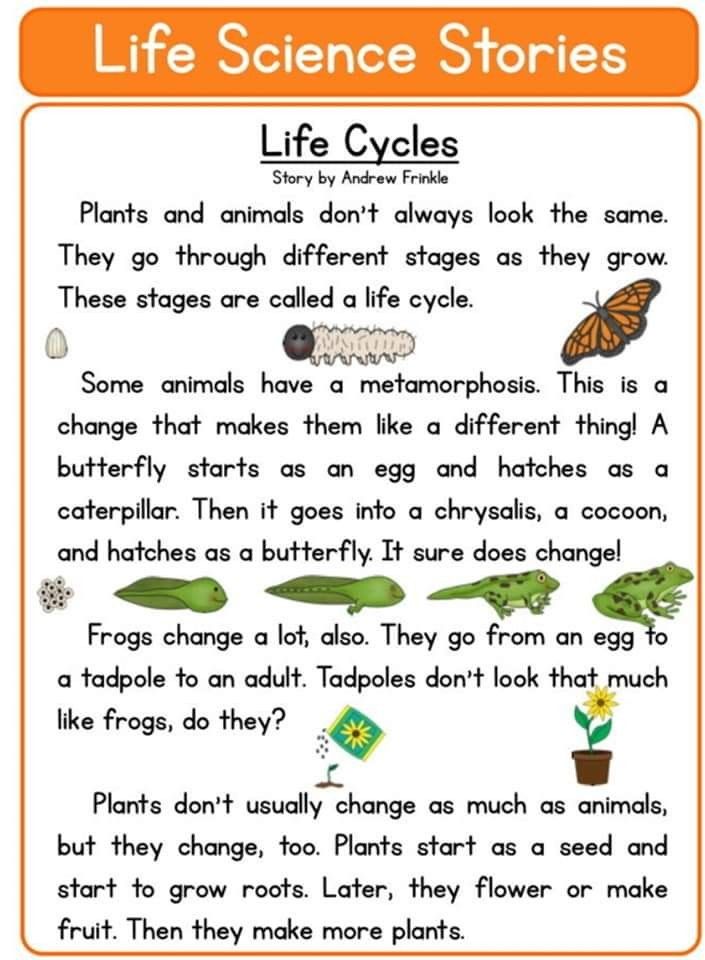
The book should lie in front of you without closing (press the pages if it tends to close without support).
Find a book that you don't have to hold so that it doesn't closeYou will need at least 20 minutes for one exercise session. Make sure that no one distracts you during this time.
Helpful Tips
Before jumping straight into the exercises, here are a few quick tips to help you speed up your reading.
1. Make as few stops as possible when reading a line of text
When we read, the eyes move through the text not smoothly, but in jumps. Each such jump ends with fixing your attention on a part of the text or stopping your gaze at areas of about a quarter of a page, as if you are taking a picture of this part of the sheet.
Each eye stop on the text lasts ¼ to ½ second.
To feel this, close one eye and lightly press the eyelid with the tip of your finger, and with the other eye try to slowly slide over the line of text.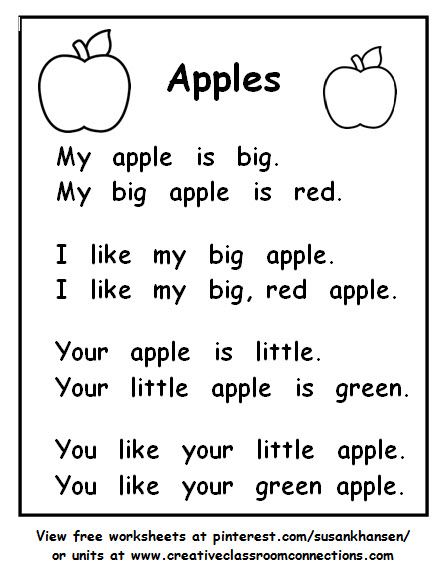 Jumps become even more obvious if you slide not in letters, but simply in a straight horizontal line:
Jumps become even more obvious if you slide not in letters, but simply in a straight horizontal line:
How do you feel?
2. Try to go back as little as possible through the text
A person who reads at an average pace quite often goes back to reread a missed moment. This can happen consciously or unconsciously. In the latter case, the subconscious itself returns its eyes to the place in the text where concentration was lost.
On average, conscious and unconscious returns take up to 30% of the time.
3. Improve your concentration to increase the coverage of words read in one stop
People with an average reading speed use a central focus rather than horizontal peripheral vision. Due to this, they perceive half as many words in one jump of vision.
4. Practice the Skills Separately
The exercises are different and you don't have to try to combine them into one. For example, if you are practicing reading speed, don't worry about text comprehension.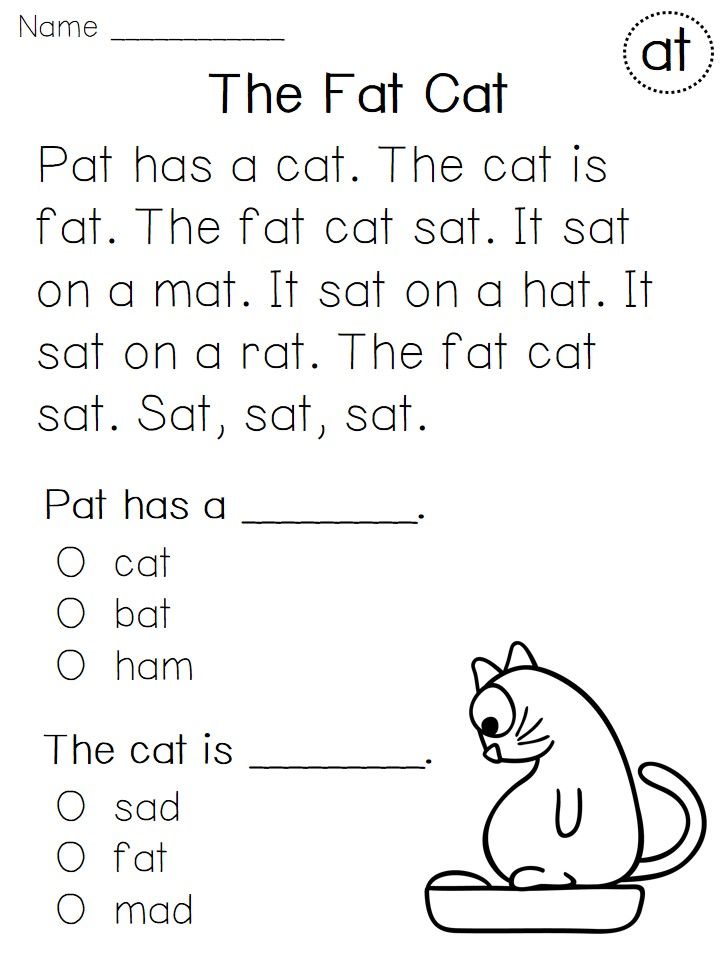 You will progress through three stages in sequence: learning technique, applying technique to increase speed, and reading comprehension.
You will progress through three stages in sequence: learning technique, applying technique to increase speed, and reading comprehension.
Rule of thumb: Practice your technique at three times your desired reading speed. For example, if your current reading speed is somewhere around 150 words per minute, and you want to read 300, you need to practice reading 900 words per minute.
Exercises
1. Determination of the initial reading speed
Now you have to count the number of words and lines in the book that you have chosen for training. We will calculate the approximate number of words, since calculating the exact value will be too dreary and time consuming.
First, we count how many words fit in five lines of text, divide this number by five and round it up. I counted 40 words in five lines: 40 : 5 = 8 - an average of eight words per line.
Next, we count the number of lines on five pages of the book and divide the resulting number by five.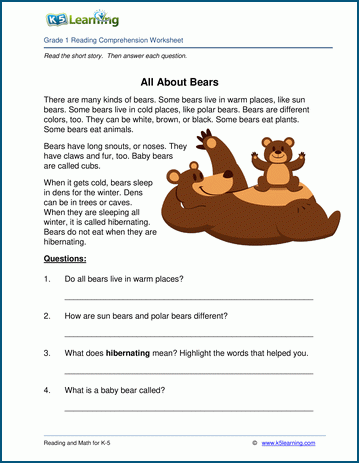 I got 194 lines, I rounded up to 39 lines per page: 195 : 5 = 39.
I got 194 lines, I rounded up to 39 lines per page: 195 : 5 = 39.
And the last thing: we count how many words fit on the page. To do this, we multiply the average number of lines by the average number of words per line: 39× 8 = 312.
Now is the time to find out your reading speed. We set a timer for 1 minute and read the text, calmly and slowly, as you usually do.
How much did it turn out? I have a little more than a page - 328 words.
2. Orientation and speed
As I wrote above, returning through the text and stopping the gaze take a lot of time. But you can easily cut them down with a focus tracking tool. A pen, pencil or even your finger will serve as such a tool.
Technique (2 minutes)
Practice using a pen or pencil to maintain focus. Move the pencil smoothly under the line you are currently reading and concentrate on where the tip of the pencil is now.
Lead with the tip of the pencil along the lines Set the pace with the tip of the pencil and follow it with your eyes, keeping up with stops and returns through the text. And don't worry about understanding, it's a speed exercise.
And don't worry about understanding, it's a speed exercise.
Try to go through each line in 1 second and increase the speed with each page.
Do not stay on one line for more than 1 second under any circumstances, even if you do not understand what the text is about.
With this technique, I was able to read 936 words in 2 minutes, so 460 words per minute. Interestingly, when you follow with a pen or pencil, it seems that your vision is ahead of the pencil and you read faster. And when you try to remove it, immediately your vision seems to spread out over the page, as if the focus was released and it began to float all over the sheet.
Speed (3 minutes)
Repeat the tracker technique, but allow no more than half a second to read each line (read two lines of text in the time it takes to say "twenty-two").
You probably won't understand anything you read, but that doesn't matter. Now you are training your perceptual reflexes, and these exercises help you adapt to the system. Do not slow down for 3 minutes. Concentrate on the tip of your pen and the technique for increasing speed.
Do not slow down for 3 minutes. Concentrate on the tip of your pen and the technique for increasing speed.
In the 3 minutes of this frenetic race, I read five pages and 14 lines, averaging 586 words per minute. The hardest part of this exercise is not to slow down the speed of the pencil. It's a real block: you've been reading all your life to understand what you're reading, and it's not easy to let go of that.
Thoughts cling to the lines in an effort to return to understand what it is about, and the pencil also begins to slow down. It is also difficult to maintain concentration on such useless reading, the brain gives up, and thoughts fly away to hell, which is also reflected in the speed of the pencil.
3. Expanding the area of perception
When you concentrate your eyes on the center of the monitor, you still see its outer areas. So it is with the text: you concentrate on one word, and you see several words surrounding it.
Now, the more words you learn to see in this way with your peripheral vision, the faster you can read. The expanded area of perception allows you to increase the speed of reading by 300%.
The expanded area of perception allows you to increase the speed of reading by 300%.
Beginners with a normal reading speed spend their peripheral vision on the fields, that is, they run their eyes through the letters of absolutely all the words of the text, from the first to the last. At the same time, peripheral vision is spent on empty fields, and a person loses from 25 to 50% of the time.
A boosted reader will not "read the fields". He will run his eyes over only a few words from the sentence, and see the rest with peripheral vision. In the illustration below, you see an approximate picture of the concentration of vision of an experienced reader: words in the center are read, and foggy ones are marked by peripheral vision.
Focus on central wordsHere is an example. Read this sentence:
The students once enjoyed reading for four hours straight.
If you start reading with the word "students" and end with "reading," you save time reading as many as five words out of eight! And this reduces the time for reading this sentence by more than half.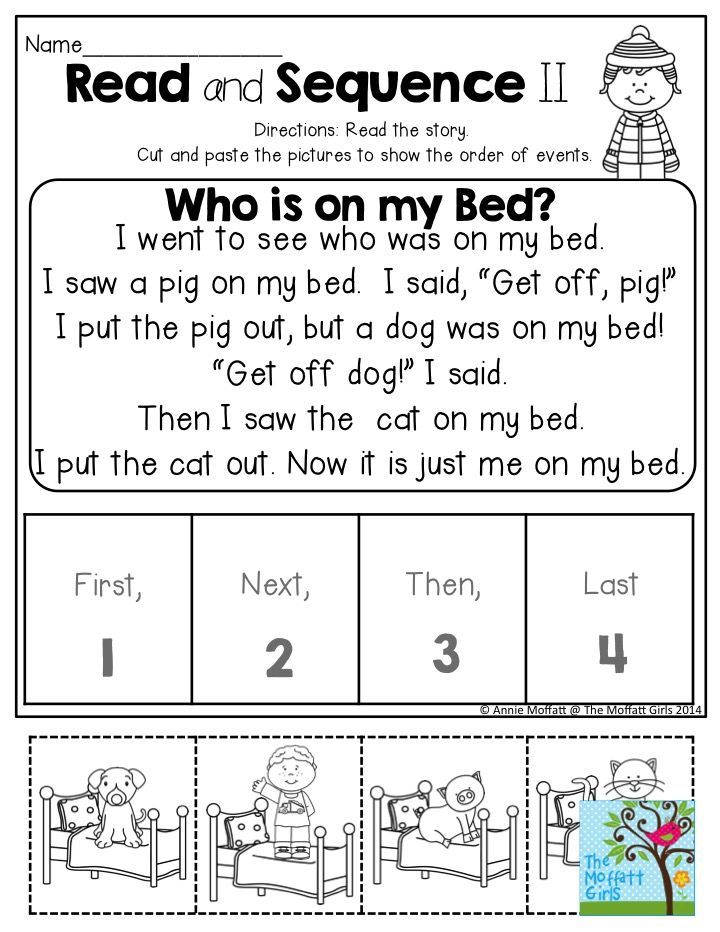
Technique (1 minute)
Use a pencil to read as fast as possible: start with the first word of the line and end with the last. That is, no expansion of the area of perception yet - just repeat exercise No. 1, but spend no more than 1 second on each line. Under no circumstances should one line take more than 1 second.
Technique (1 minute)
Continue to pace the reading with a pen or pencil, but start reading from the second word of the line and end the line two words before the end.
Speed (3 minutes)
Start reading at the third word of the line and finish three words before the end, while moving your pencil at the speed of one line per half second (two lines in the time it takes to say "twenty-two" ).
If you don't understand anything you read, that's okay. Now you are training your reflexes of perception, and you should not worry about understanding. Concentrate on the exercise with all your might and don't let your mind drift away from an uninteresting activity.
4. Testing your new reading speed
Now it's time to test your new reading speed. Set a timer for 1 minute and read as fast as you can while still understanding the text. I got 720 words per minute - twice as fast as before I started using this technique.
These are great figures, but they are not surprising, because you yourself begin to notice how the scope of words has expanded. You don’t waste time on fields, you don’t go back through the text, and the speed increases significantly.
If you've tried this technique right now, share your success in the comments. How many words per minute did you get before and after?
Read also 📚🤓📖
- What prevents us from reading faster and how to deal with it
- How to read one book a day
- How to teach your child to read: important rules and effective techniques
*Activity of Meta Platforms Inc.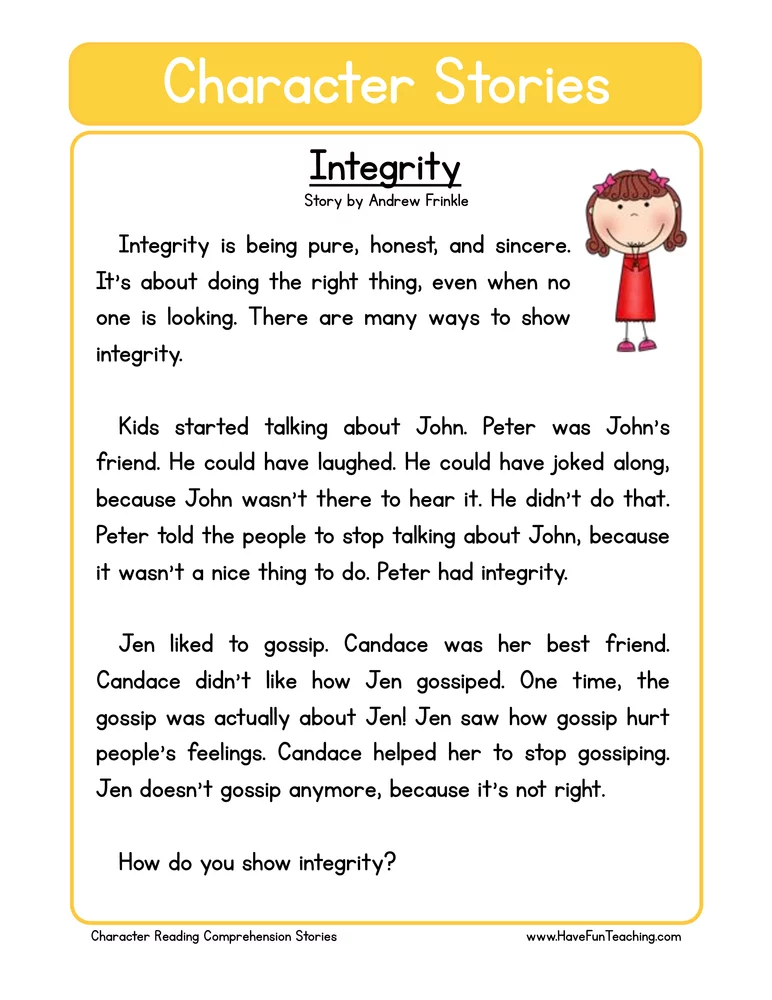 and its social networks Facebook and Instagram are prohibited in the territory of the Russian Federation.
and its social networks Facebook and Instagram are prohibited in the territory of the Russian Federation.
How to learn how to write interesting stories for social networks. 5 secrets of popularity. A Beginner's Guide
© T. S. Filatova, 2022
ISBN 978-5-0056-7382-4
Created in the intelligent publishing system Ridero
Introduction
It's no secret that in our fast-paced age social networks enjoy short stories. And this is quite understandable. We spend a huge amount of time with the phone in hand. Messengers, photos, hangouts, study, shopping, work, finally. All life is in this gadget. Including reading. After a hard day, I want a simple, understandable, but not devoid of artistic value reading. After all, we are cultured people!
Those who figured out how to interest the reader began to rapidly gain momentum in social networks. The best platform for sharpening a pen is not to be desired! You have the opportunity to get an almost instant response from the public to your work, analyze successful and unsuccessful stories by the number of these responses, correct mistakes and try to create a new literary masterpiece.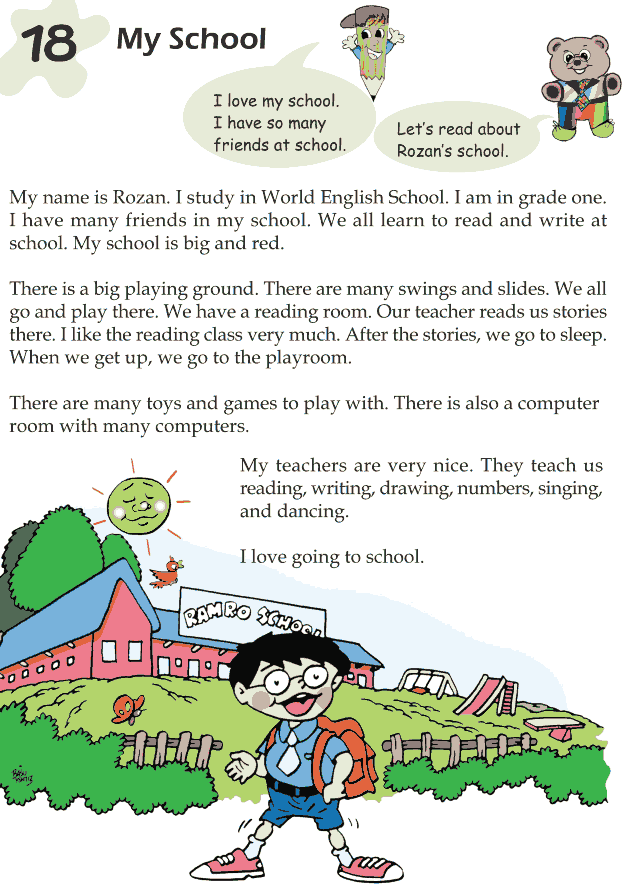 And when that inimitable and therefore well-recognized style appears in your creations, you will finally find your own circle of fans who will gladly buy not only the electronic, but also the printed version of your book. Fortunately, now publishing your book is not so difficult - if only there was a desire! It is possible and necessary to monetize talent. But first of all, you need to learn how to write interestingly for your target audience.
And when that inimitable and therefore well-recognized style appears in your creations, you will finally find your own circle of fans who will gladly buy not only the electronic, but also the printed version of your book. Fortunately, now publishing your book is not so difficult - if only there was a desire! It is possible and necessary to monetize talent. But first of all, you need to learn how to write interestingly for your target audience.
Look at the groups that specialize in "correct" stories - they don't even need to advertise their community! People find them themselves and stay with pleasure. Watching the trends of such development for more than 3 years, I began to involuntarily notice what exactly people want to read, what texts are popular, and which topics should be avoided so as not to receive dozens of unsubscribes instead of success.
What is the secret of popularity? Why are some stories read and re-read, while others remain unclaimed or have only a narrow circle of readers?
There is an answer!
By carefully studying this manual, and then applying all the secrets in practice, you can easily popularize your content on any virtual platform.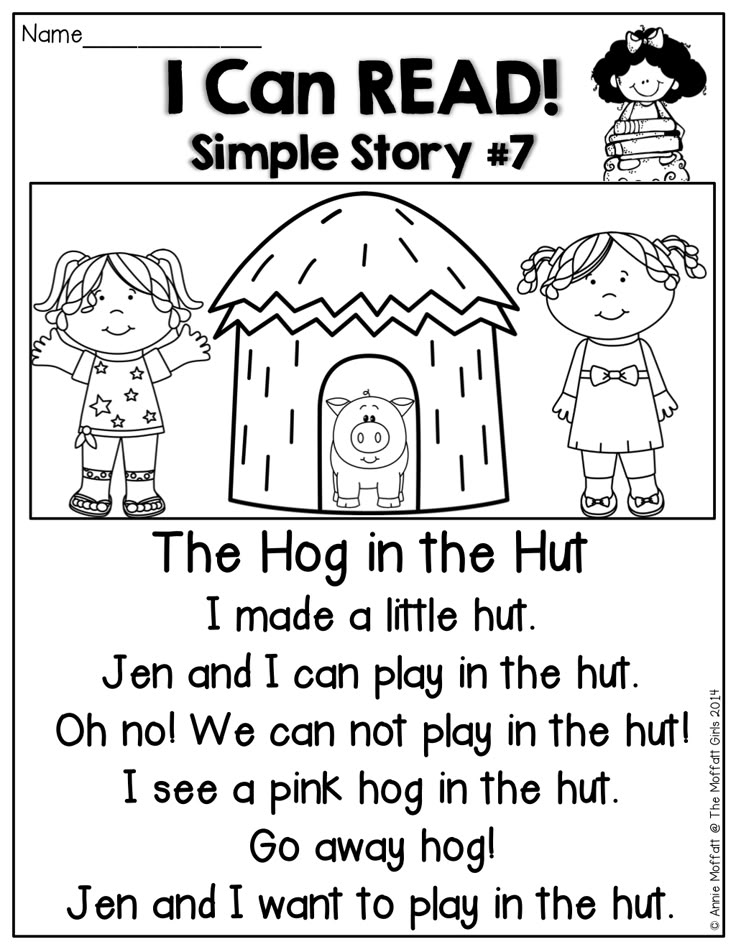
5 secrets of perfection
Practice invariably shows that everything ingenious is simple! There is no need to follow complicated paths - everything lies on the surface. It is worth recognizing that the simplest methods are the most effective.
All my adult life I have been studying literature of various genres. It is my job to observe trends in the world of poetry and prose. I am a philologist by education and by vocation. Social networks are also close to me - after all, it is there that you can most often see the work of contemporary authors in the public domain. It is there that new names are born, because. this is the easiest and most effective way to express yourself. Maybe after studying this manual, your star will also rise?
The first secret. Text size
The first and most obvious secret: the text should not exceed 1500-2000 words
traffic jam or you are on the bus. Don't forget we're talking about social media! Yes, and in a collection of short stories, short stories will look more advantageous.